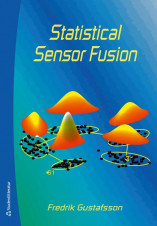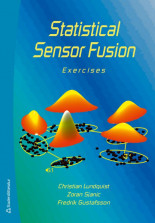Statistical Sensor Fusion
Sensor fusion deals with merging information from two or more sensors, where the area of statistical signal processing provides a powerful toolbox to attack both theoretical and practical problems. The objective of this book is to explain state of the art theory and algorithms for estimation, detection and nonlinear filtering with applications to localization, navigation and tracking problems. The book starts with a review of the theory on linear and nonlinear estimation, with a focus on sensor network applications. Then, general nonlinear filter theory is surveyed, with a particular focus on particle filtering. The application perspective is an important theme in the book, and common sensors and models are surveyed.
The content of this book is influenced by two key stimuli. The first one comes from the industrial needs reflected in more than 250 master thesis projects at some twenty different companies we have examined during the last fifteen years. The selection of topics is guided by these applications, and the book also contains many results and conclusions of this collective effort. Only some of these theses are explicitly references, but they have all together guided my selection of topics for this book.
The second stimulus comes from applied and theoretical research projects over the last decades in the sensor fusion area, starting in 1995. Many of these are industrial collaborations, where long term collaborations with Volvo Car, Saab Aero, NIRA Dynamics, Ericsson, Xsens are in particular acknowledged. These projects involve the contributions of 40 former and current PhD students in the sensor fusion area.


This exercise book contains a comprehensive set of exercises and can be used along with the textbook. The chapters of these two books are aligned, so that each chapter in the textbook corresponds to a chapter of the exercises. The book contains both traditional pen and paper exercises and practical tasks to be solved in Matlab. The exercises deal with both theory and applications, and many of the problems examined in the exercises come from or are inspired by real-life sensor fusion challenges, in several cases with real datasets. There are both full solutions to all exercises, and a separate section with hints to every exercise.
All four reviews from Amazon: (20200407):
- 5 stars: The book is nicely written. Very good comprise between theory and practice. It is definitely the bible of sensor fusion with so many applications to localization, tracking, navigation. The author summarizes his 20 years' hard work in this field.
- 5 stars: The book itself is quite interesting starting with a general overview of concepts applications, delving into several crucial algorithms and then discusses several applied applications.
- 5 stars: das buch ist sehr gut. ich hatte eine paar Probleme mit die software Unterstützung. Aber der Autor war sehr Kooperative.
- 5 stars: Very comprehensive!
The book goes through the basics without excede in the math.
I think its a very nice book to start in the field.
It's nicely written.
In Sweden, the books can be ordered from Studentlitteratur, Adlibris, Bokus. Internationally, it is available at Amazon, but be aware of the price differs on different markets. In Sweden, it costs about 50 USD for the text book and 60 USD for the combo text book and exercise book.
All algorithms and examples in the book are available in the Matlab Toolbox Signals and Systems Lab.
